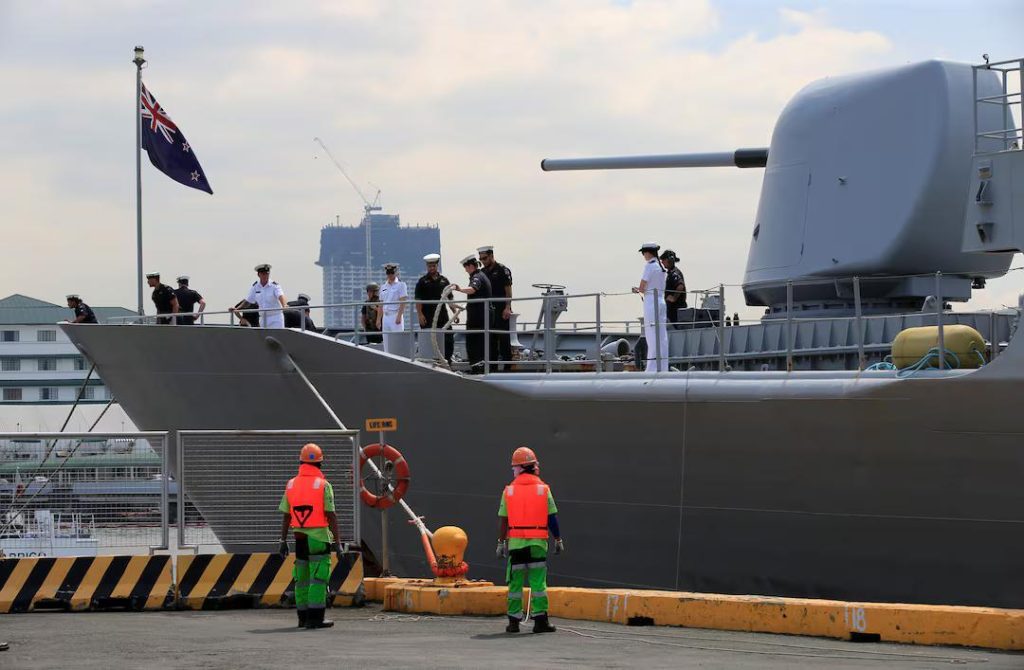
NZ Aims to Double Defence Spending to 2% of GDP in Next 8 Years
New Zealand has set its sights on a significant boost to its defence spending, with the country aiming to nearly double its defence budget to 2% of its GDP by 2025. According to the country’s Defence Capability Plan released on Monday, New Zealand will increase its defence spending by NZ$9 billion ($5 billion) over the next four years. This ambitious plan is a clear indication of the country’s commitment to strengthening its national security and international partnerships.
The decision to increase defence spending comes as a response to the evolving global security landscape, with Prime Minister Christopher Luxon emphasizing the importance of security in achieving prosperity. “There can be no prosperity without security,” Luxon said, highlighting the critical role that defence plays in protecting New Zealand’s interests and values.
The Defence Capability Plan outlines the government’s vision for the country’s defence sector over the next eight years. The plan focuses on enhancing the country’s military capabilities, strengthening international partnerships, and improving defence sector efficiency and effectiveness. The plan also prioritizes investing in modernizing the country’s defence infrastructure, including its naval and air capabilities.
New Zealand’s defence spending has been relatively modest in recent years, with the country spending around 1.2% of its GDP on defence. The planned increase in defence spending is expected to bring New Zealand’s defence budget closer to the NATO standard of 2% of GDP. This increased investment in defence will enable the country to enhance its military capabilities, respond more effectively to emerging security threats, and contribute more meaningfully to international peacekeeping and security operations.
The Defence Capability Plan also highlights the importance of investing in new technologies and capabilities to enhance the country’s defence readiness. The plan prioritizes investing in areas such as artificial intelligence, cyber security, and unmanned systems to stay ahead of emerging security challenges. The government has also committed to increasing investment in defence research and development, with a focus on developing innovative solutions to complex defence challenges.
The plan also places a strong emphasis on strengthening international partnerships and cooperation. New Zealand has a long history of cooperation with other countries, particularly in the Asia-Pacific region, and the plan aims to build on these relationships to address shared security challenges. The government has also committed to increasing its participation in international peacekeeping and security operations, with a focus on contributing to global stability and security.
The announcement of the Defence Capability Plan has been welcomed by the defence industry, with many companies and organizations expressing support for the plan and its focus on modernizing the country’s defence capabilities. The plan is also expected to create new job opportunities and stimulate economic growth, particularly in regions where defence industries are concentrated.
In conclusion, New Zealand’s decision to nearly double its defence spending to 2% of GDP by 2025 is a significant step forward in enhancing the country’s national security and international partnerships. The Defence Capability Plan outlines a clear vision for the country’s defence sector, prioritizing investments in modernizing defence infrastructure, developing new technologies and capabilities, and strengthening international partnerships. As the country embarks on this ambitious plan, it is clear that New Zealand is committed to playing a more significant role in global security and defence.



